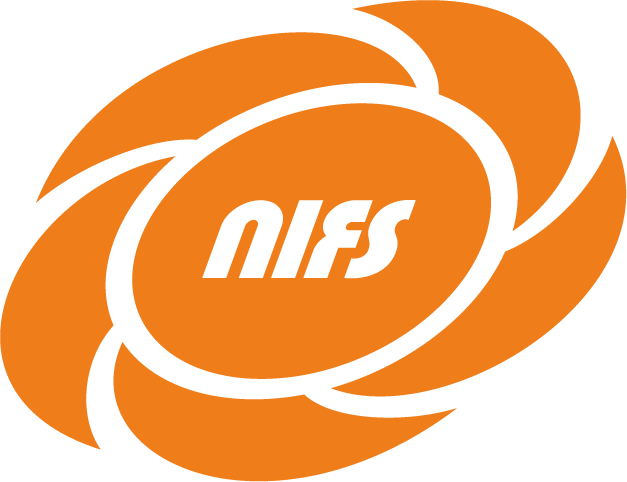Speaker
Description
Xinghua Wu, Shen Qu, Ruyan Li, Qixiang Cao, Fengchao Zhao, Long Zhang, Xiaoyu Wang
Southwestern Institute of Physics,P.O.Box 432, Chengdu, 610041, China
Among the different TBM concepts proposed for DEMO design of different countries, China finally determined to develop the Helium Coolant Ceramic Breeder (HCCB) TBM, following the strategy of national magnetic confined fusion energy development. The conceptual design of HCCB TBM has been completed since 2015, which was composed of four sub-modules with back plate, and each sub-module consist of the first wall (FW), the cap, the rib, the breeding zone with Li4SiO4 and Be pebbles, and the back manifold zone, cooled by 8 MPa Helium.
During preliminary design phase, some design update for CN HCCB TBM has been carried out, considering engineering performance and manufacturing feasibility. The previous version of the ITER Research Plan (IRP) was developed following 2016 staged approach baseline, which foresee first plasma in December 2025 and fusion power operation from 2035 to 2041. However, considering some engineering and technical issues, i.e. challenge with regard to licensing, accumulated delays in assembly of tokamak and repairs needed on vacuum vessel (VV) and thermal shield (TS), replacement of Beryllium with Tungsten on first wall (FW), a new ITER Baseline has been under development since the beginning of February 2023, which addressed a new ITER operation strategy allowing to start the nuclear phase as soon as possible.
Regarding ITER 2024 new baseline scenario, further design optimization and transient thermo-hydraulic analysis was performed for CN HCCB TBM, and the results showed that for the 2024 baseline, the maximum temperature of structural and functional materials have been largely reduced, especially for the tritium breeder Li4SiO4 pebble bed, which temperature has been reduced for 20.6%; through adding electrical heater inside tritium breeder zone, the maximum temperature of Li4SiO4 could increase to 821℃, and the average temperature was increased to 604℃, which can basically meet the requirement of tritium release temperature. According to calculated temperature distribution for three operational conditions, system-level transient tritium transport analysis was further performed, the results showed that adding electrical heater inside tritium breeder zone was enough for tritium balance requirement, it's not needed to further add electrical heater inside neutron multiplier zone. Since there was no major change for overall temperature distribution of CN HCCB TBM after adjusting the bypass flow rate and adding internal electrical heater, especially for the FW region and breeding zone, the structural performance was generally the same with previous baseline, only with slight difference on TBM back plate and pipes inside TBM shield. Preliminary structural analysis results showed that the primary and secondary stresses were well below the limit of structural material, which could ensure the overall structural integrity.

